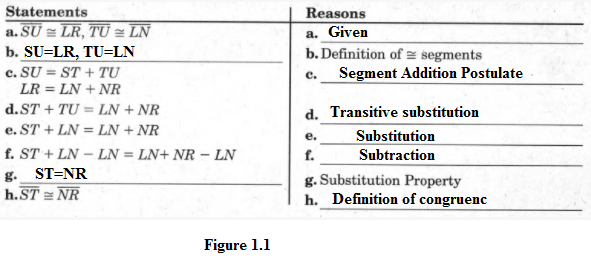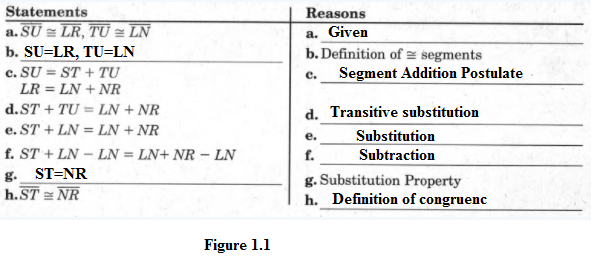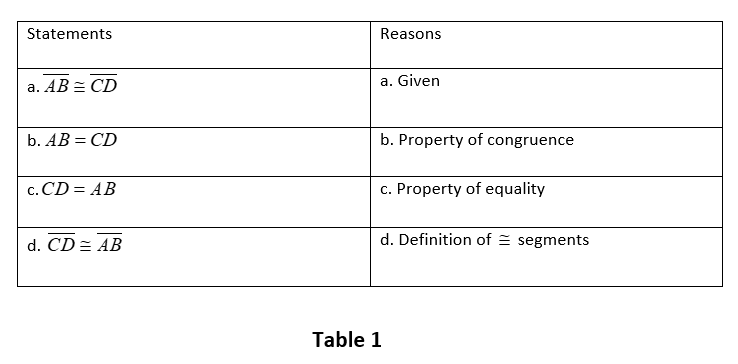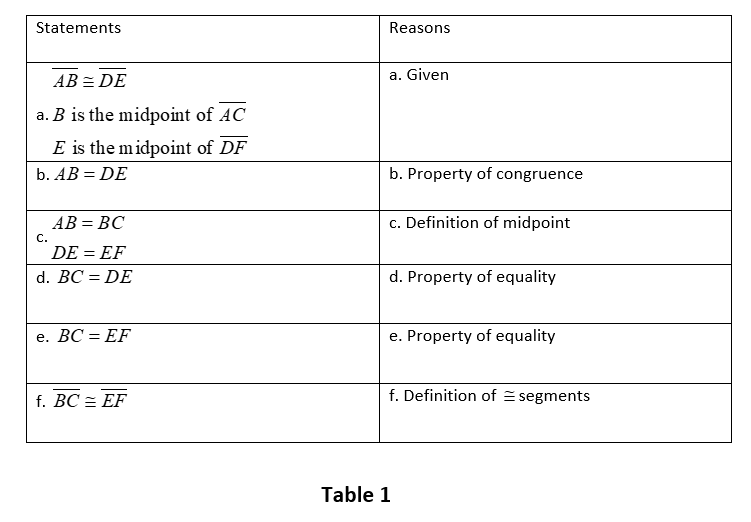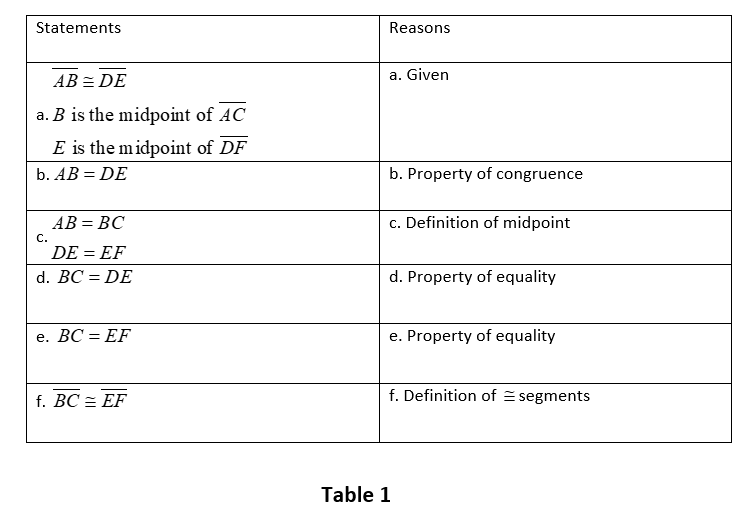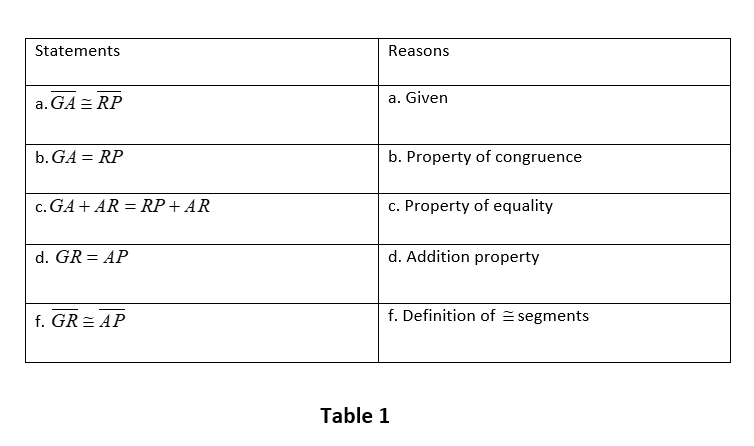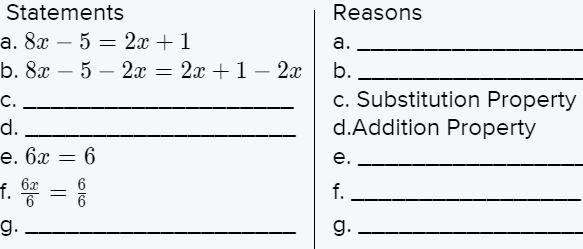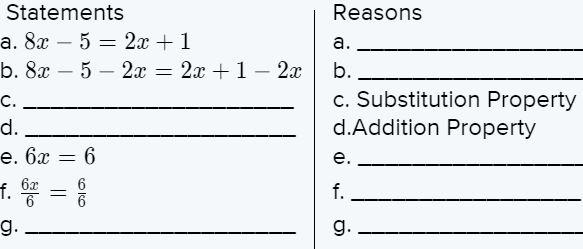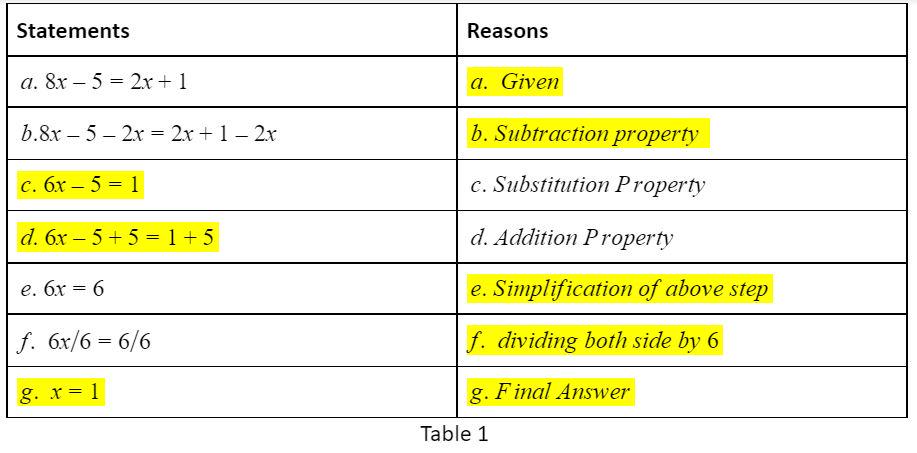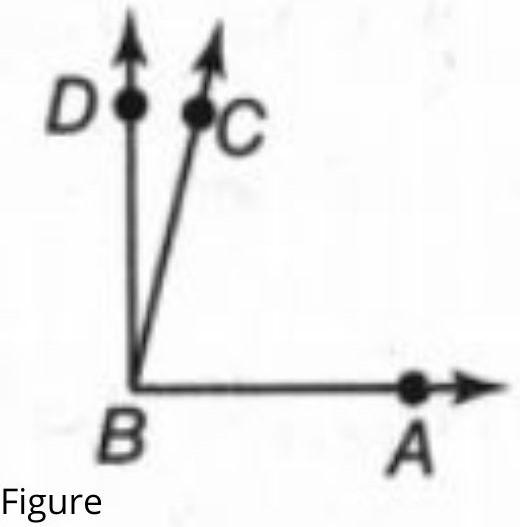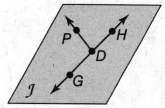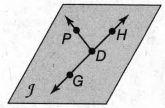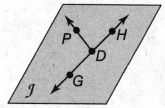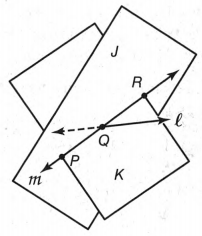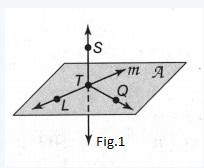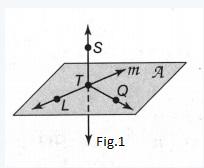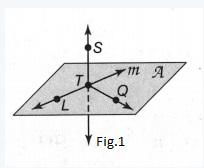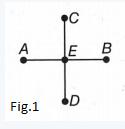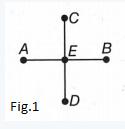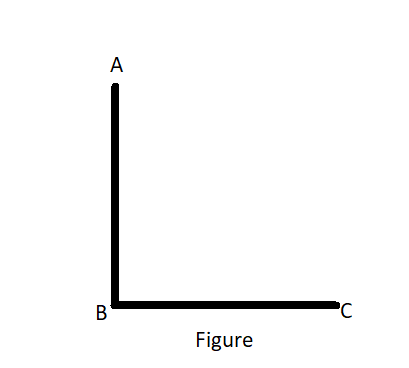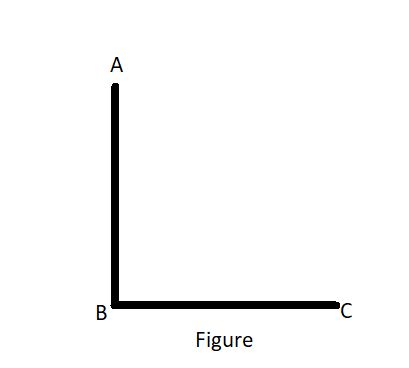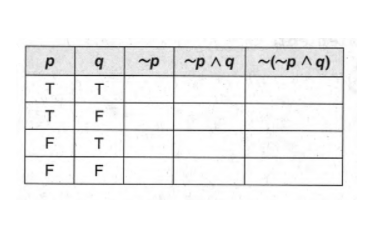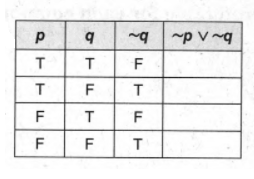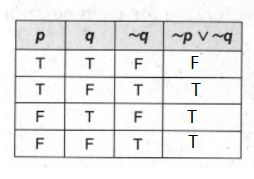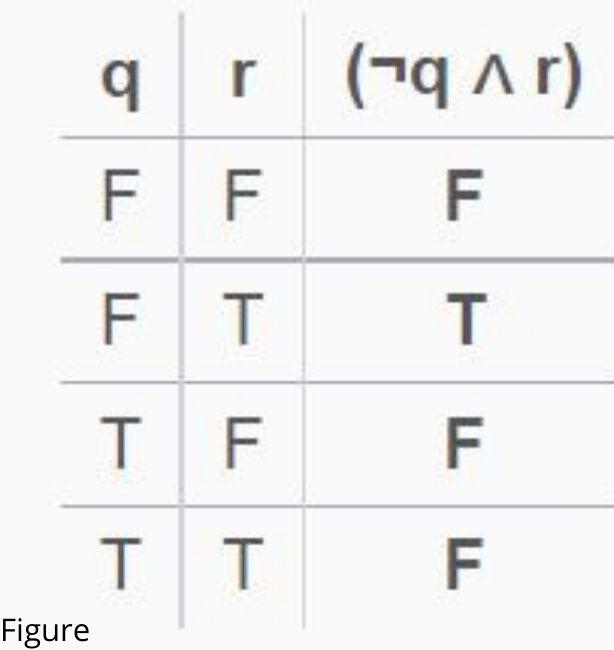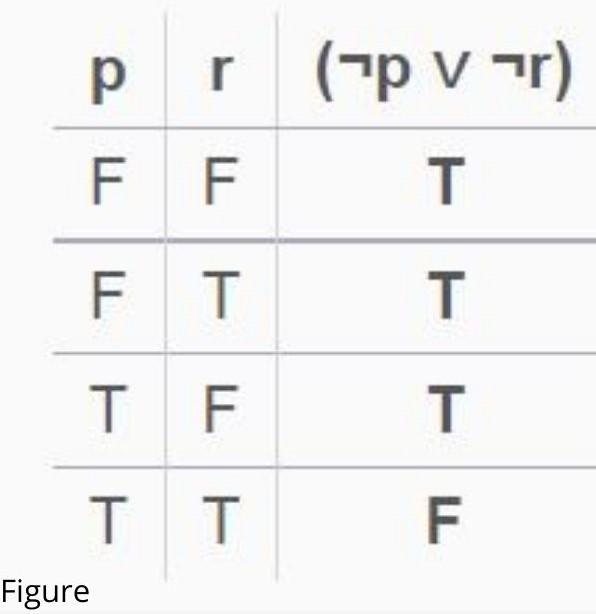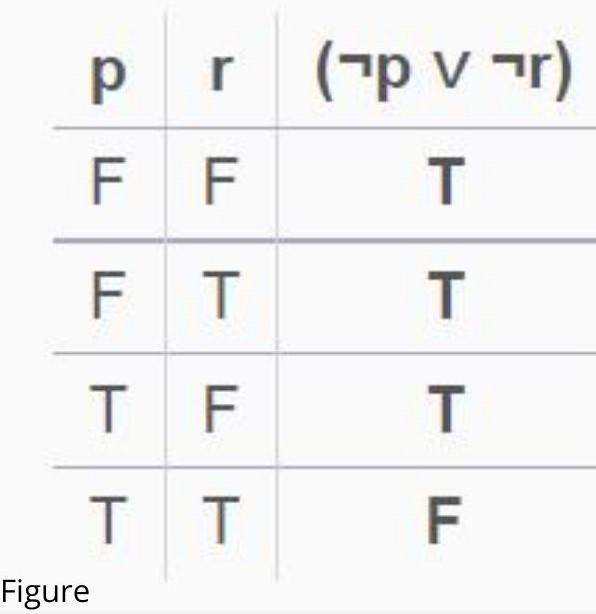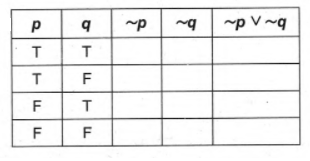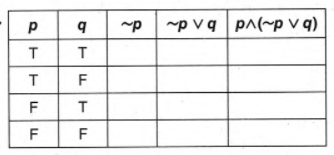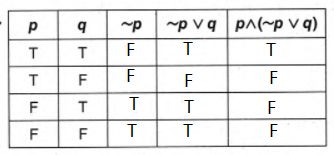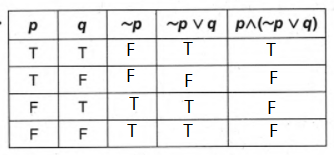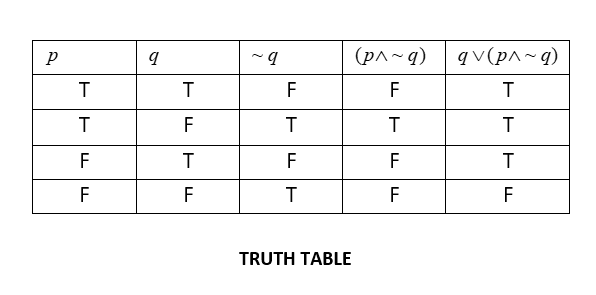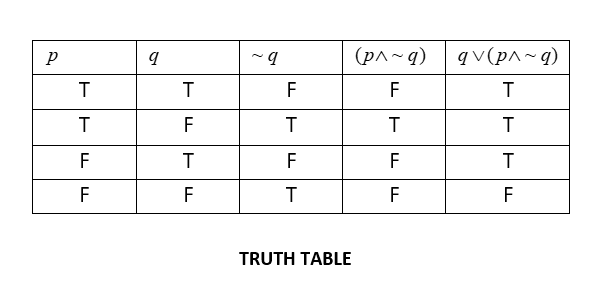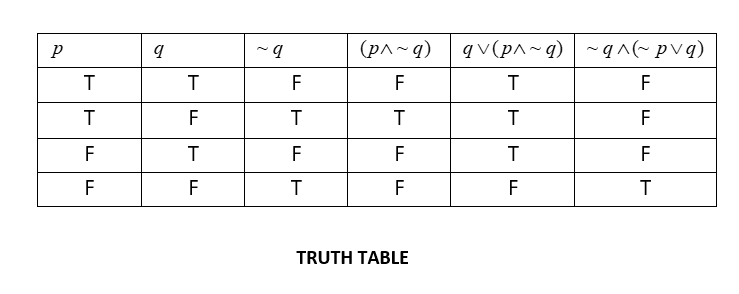Geometry Homework Practice Workbook 1st Edition Chapter 2 Inductive Reasoning and Conjecture
Page 15 Problem 1 Answer
In this question, we have been given a figure.

We need to make a hypothesis that characterizes the sequence’s pattern.
Then use our hunch to figure out what comes next in the sequence.
By using Inductive Reasoning and Conjecture, we will calculate the result.
After following the pattern, We get

Two dark and one white block is added to the previous item to get the next item.
Hence, two dark and one white block is added to the previous item to get the next item. According to our conjecture, We get the below item
Page 15 Problem 2 Answer
In this question, we have been given a series: −4,−1,2,5,8
We need to make a hypothesis that characterizes the sequence’s pattern.
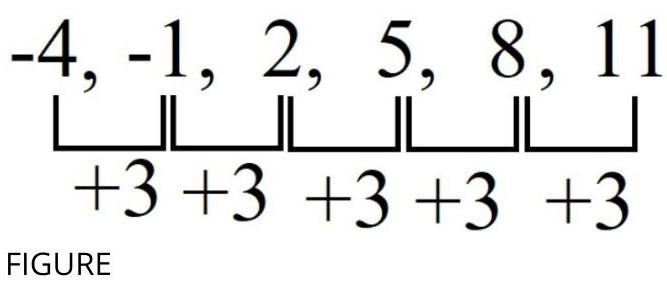
Then use our hunch to figure out what comes next in the sequence.
By using Inductive Reasoning and Conjecture, we will calculate the result.
After following the pattern, We get:
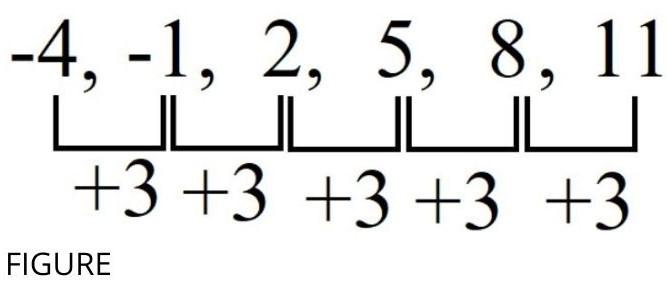
Since as we see+3 is added to the previous item to get the next item.
Hence, as we see +3 is added to the previous item to get the next item.
According to our conjecture, We get 11. After following the pattern
Page 15 Problem 3 Answer
In this question, we have been given a series: 6,11/2,5,9/2,4
We need to make a hypothesis that characterizes the sequence’s pattern.
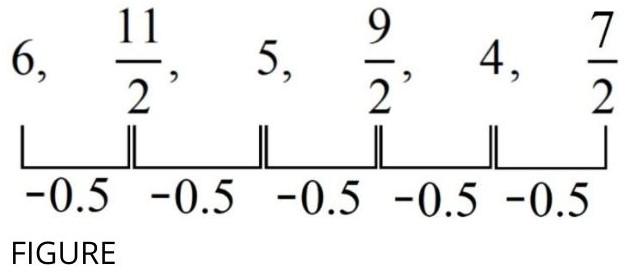
Then use our hunch to figure out what comes next in the sequence.
By using Inductive Reasoning and Conjecture, we will calculate the result.
After following the pattern, We get:
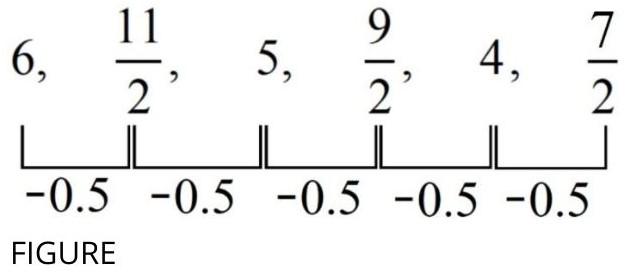
According to the below pattern, we subtract from the previous item to get the next item.
Hence, According to the below pattern, we subtract from the previous item to get the next item.
According to our conjecture, we get 3.5.
Page 15 Problem 4 Answer
In this question, we have been given a series:−2,4,−8,16,−32.
We need to make a hypothesis that characterizes the sequence’s pattern.
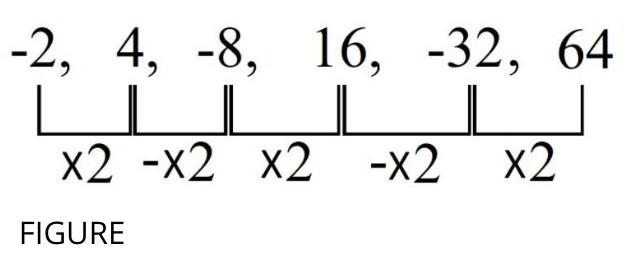
Then use our hunch to figure out what comes next in the sequence.
By using Inductive Reasoning and Conjecture, we will calculate the result.
After following the pattern, We get:

According to the below pattern, we subtract from the previous item to get the next item.
Hence, According to the below pattern, we subtract from the previous item to get the next item.
According to our conjecture, we get 64.
Page 15 Problem 5 Answer
In this question, we have been given Points A, B, and C are collinear, and D is between B and C.
We need to make a conjecture about each value or geometric relationship.
By using Inductive Reasoning and Conjecture, we will calculate the result.
We draw figures according to the given statement.

Since all the given points are collinear.
Hence, all the given points are collinear. We draw figures according to the given statement.
According to our conjecture, We get

Page 15 Problem 6 Answer
In this question, we have been given a Point P is the midpoint of NQ.
We need to make a conjecture about each value or geometric relationship.
By using Inductive Reasoning and Conjecture, we will calculate the result.

Since all the given points are collinear.
We draw a figure according to the given statement.
Hence, all the given points are collinear.
We draw a figure according to the given statement.
According to our conjecture, We get

Page 15 Problem 7 Answer
In this question, we have been given ∠1,∠2,∠3 and ∠4 form four linear pairs.
We need to make a conjecture about each value or geometric relationship.
By using Inductive Reasoning and Conjecture, we will calculate the result.
We make figures according to the given statement.
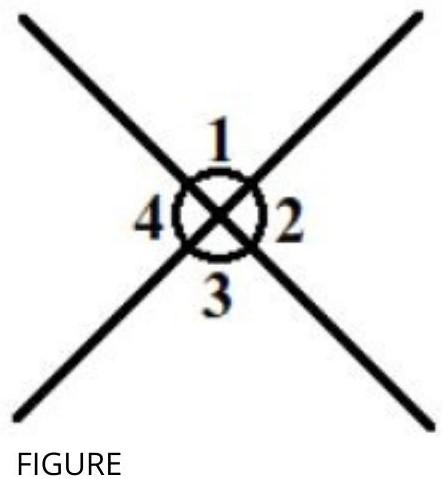
∠1,∠2,∠3, and ∠4 are formed by two intersection lines.
Since all the given angles are linear pairs.
Hence, all the given angles are linear pairs. We make figures according to the given statement.
According to our conjecture, We get
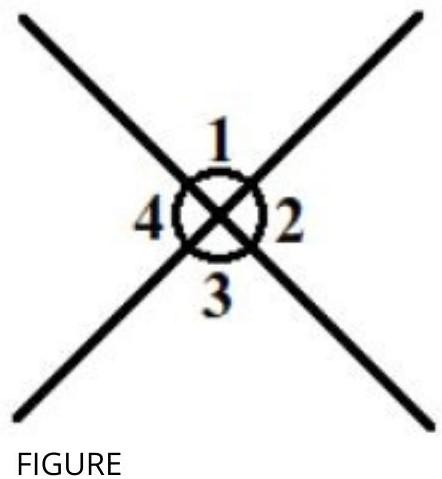
Page 15 Problem 8 Answer
In this question, we have been given the value: ∠3≅∠4
We need to make a conjecture about each value or geometric relationship.
By using Inductive Reasoning and Conjecture, we will calculate the result.
m∠3=m∠4
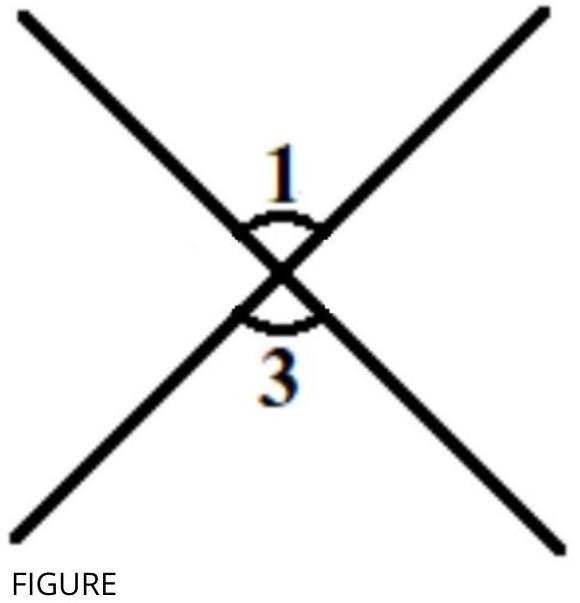
We make figures according to the given statement.
∠3, and ∠4 are formed by two intersection lines.
Since both given angles are equal.
Hence, both given angles are equal m∠3=m∠4.
They are formed by two intersection lines.
According to our conjecture, We get
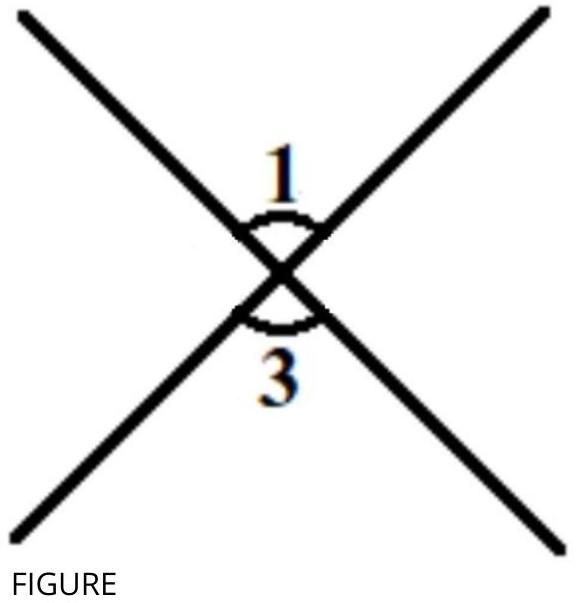
Page 15 Problem 9 Answer
In this question, we have been given AB, BC, and AC are congruent.
We need to determine whether each conjecture is true or false and give a counterexample for any false conjecture.
By using Inductive Reasoning and Conjecture, we will calculate the result.
We have been given that the lines are congruent, but we have not been given that the lines are in a straight line or not.
As we are not given any other information, so the values of the lines are maybe in different directions.
So, we can say that the given conjecture is false.
We can give a counterexample, that if all the three lines create a 60-degree angle.
Hence, we can say that the given conjecture is false. As we are not given any other information, the values of the lines are maybe in different directions.
We can give a counterexample, that if all three lines create a 60-degree angle.
Page 15 Problem 10 Answer
We have been given that,
If, AB+BC=AC, then, AB=BC.We have to determine whether the given conjecture is true or false, and give a counterexample if it is a false conjecture.
We have been given that AB+BC=AC, but we have not been given any other information about, AB, BC,AC.
So, AB=BC only if B is the midpoint of AC or ratio of AB, BC is 1:1.As we are not given any other information, so ratio of AB,BC can be any m:n ratio.
So, if m≠n, then AB is also not equal to BC So, we can say that the given conjecture is false.
We can give a counterexample, that if ratio of AB,BC is 2:3, then AB≠BC.
Hence, we determined that the given conjecture,
If, AB+BC=AC, then, AB=BC, is false as ratio of AB,BC can be any m:n ratio,
and gave a counter example that if ratio of AB,BC is 2:3 then AB≠BC.
Page 16 Problem 11 Answer
We have been given a figure as,
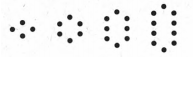
We have to make a conjecture about the next item in the given sequence.
We can see that the items in given sequence are vertically symmetrical at its center.
We can see that the dots increases by one on both sides of symmetry.
So, we can give the next item as,
Hence, for the given figure,

we made a conjecture about the next item as,

since dot increases by one on both sides of symmetry.

Page 16 Problem 12 Answer
We have been given a sequence as, 5,−10,15,−20.
We have to make a conjecture about the next item in the given sequence.
We can see that every item in sequence increases by five.
We can also see that every even item in sequence has a negative sign and odd item is positive .
So, we can write the next item in sequence as 25.
So, we get the whole sequence as, 5,−10,15,−20,25.
Hence, for the given sequence, 5,−10,15,−20, we made a conjecture about the next item as, 25, since every item is increased by five and odd item is positive.
Page 16 Problem 13 Answer
We have been given a sequence as, −2,1,−1/2,1/4,−1/8.
We have to make a conjecture about the next item in the given sequence.
We can see that every next item in sequence is divided by −2.
We can also call this type of sequence as geometric sequence where the common ratio is −1/2.
So, we get the next term in sequence as 1/16.
We get the whole sequence as, −2,1,−1/2,1/4,−1/8,1/16.
Hence, for the given sequence, −2,1,−1/2,1/4,−1/8, we made a conjecture about the next item as, 1/16 as it is geometric sequence with common ratio −1/2.
Page 16 Problem 14 Answer
We have been given a sequence as, 12,6,3,1.5,0.75.
We have to make a conjecture about the next item in the given sequence.
We can see that every next item in sequence is divided by 2.
We can also call this type of sequence as geometric sequence where the common ratio is 1/2.
So, we get the next term in sequence as 0.375.
We get the whole sequence as, 12,6,3,1.5,0.75,0.375.
Hence, for the given sequence, 12,6,3,1.5,0.75, we made a conjecture about the next item as, 0.375, as it is geometric sequence with common ratio 1/2.
Page 16 Problem 15 Answer
We have been given that, ∠ABC is right angle.
We have to make a conjecture about the given value or geometric relationship.
We will assume ABC as a triangle.
We know that in a triangle, sum of all angles is 180∘.
We are given ∠ABC as right angle.
So, we can make a conjecture that ∠A,∠C are complementary angles.
Hence, for the given geometric relationship, ∠ABC is right angle, we made a conjecture that the angles ∠A,∠C are complementary, if ABC is a triangle.
Page 16 Problem 16 Answer
We have been given that, point S is between R and T.
We have to make a conjecture about the given value or geometric relationship.
We can assume that all the given points are colinear.
We know that point S is between T, R.So, we can make a conjecture that RS+ST=RT.
Hence, for the given geometric relationship, point S is between R and T, we made a conjecture that RS+ST=RT, if points R,S,T are colinear.
Page 16 Problem 17 Answer
We have been given that, P,Q,R, and S are are non collinear and PQ,QR,RS,SP are congruent.
We have to make a conjecture about the given value or geometric relationship.
We will assume PQRS to be a quadrilateral.We are given that PQ,QR,RS,SP are all congruent to each other.
We know that if all sides in a quadrilateral are equal, then it is a square or a rhombus.
Since we are not given anything about angles, we can make a conjecture that given quadrilateral is a rhombus.
Hence, for the given geometric relationship, where, P,Q,R,S are non collinear and PQ,QR,RS,SP are all congruent to each other, we made a conjecture that PQRS is a rhombus, if PQRS is a quadrilateral.
Page 16 Problem 18 Answer
We have been given that, ABCD is a parallelogram.
We have to make a conjecture about the given value or geometric relationship.
We will do it by the properties of parallelogram.
We know that opposite sides and angles in a parallelogram are congruent.
So, we can make a conjecture that,
AB≅CD,
AD≅BC,
∠A≅∠C,
∠B≅∠D.
Hence, for the given geometric relationship, ABCD is a parallelogram, we made a conjecture that,
AB≅CD,
AD≅BC,
∠A≅∠C,
∠B≅∠D,
as opposite sides and angles in a parallelogram are congruent.
Page 16 Problem 19 Answer
In the question, we have been given that points S,T and U are collinear and ST=TU, then T is the midpoint of SUˉ.
We have to tell that whether the above conjecture is true or false.

Here the above conjecture is true as in the figure 1, we can see that T is equidistance from both the points and it divides SUˉ in two equal parts that make ST=TU.
So, the above conjecture is true.

Hence the conjecture is true that if S,T and U are collinear and ST=TU, then T will be the midpoint of SUˉ[shown in figure 1].
Page 16 Problem 20 Answer
We have been given that if ∠1 and ∠2 are adjacent angles, then ∠1 and ∠2 form a linear pair.
We have been asked to tell whether the above conjecture is true or false.
Here we can see in the figure 1 that the ∠1 and ∠2 are adjacent angles but they are not making a linear pair.
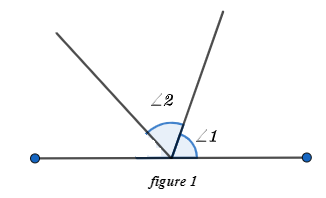
So, we conclude that the given conjecture is false as they could make an angle of 60∘ or 90∘ .

Hence we conclude that the conjecture is false that if ∠1 and ∠2 are adjacent angle then ∠1 and ∠2 could an angle of 60∘ or 90∘ as shown in figure 1.
Page 16 Problem 21 Answer
In the following question, we have been given that if GHˉ and JKˉ form a right angle and intersect at P, then GHˉ⊥JKˉ.
We have the task to tell whether the conjecture is true or false and if it is a false conjecture then we have to give a counterexample.
Here we supposed the figure that is shown in the figure 1.
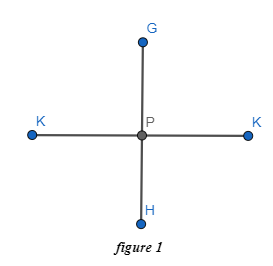
Now in the figure 1, we can see that GHˉ⊥JKˉ.So, the conjecture is true.
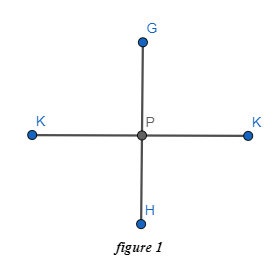
Hence we observe in the assumed figure 1, that the conjecture is true i.e., if GHˉ and JKˉ form a right angle and intersect at P, then GHˉ⊥JKˉ[shown in the figure 1].
Page 16 Problem 22 Answer
We have been given that each spring, Rachel starts sneezing when the pear trees on her street blossom.
She reasons that she is allergic to pear trees.
We have been asked to find a counterexample to Rachel’s conjecture.
Here the counterexample to Rachel’s conjecture will be “Rachel could be allergic to other flora that blooms at the same time as the pear trees”
Hence when Each spring, Rachel starts sneezing when the pear trees on her street blossom.
She reasons that she is allergic to pear trees.
A counterexample to Rachel’s conjecture will be “Rachel could be allergic to other flora that blooms at the same time as the pear trees”
